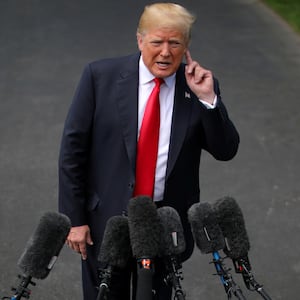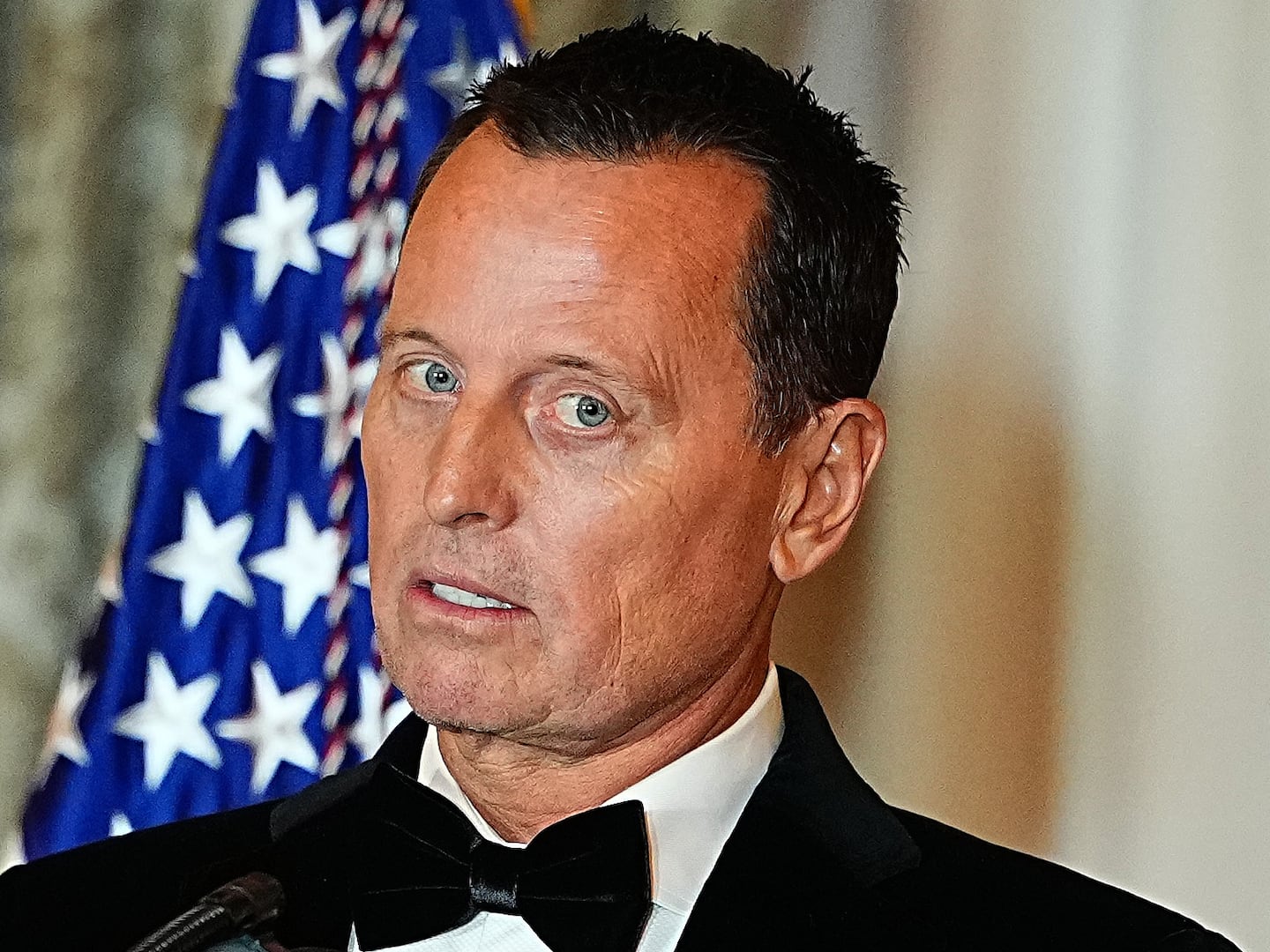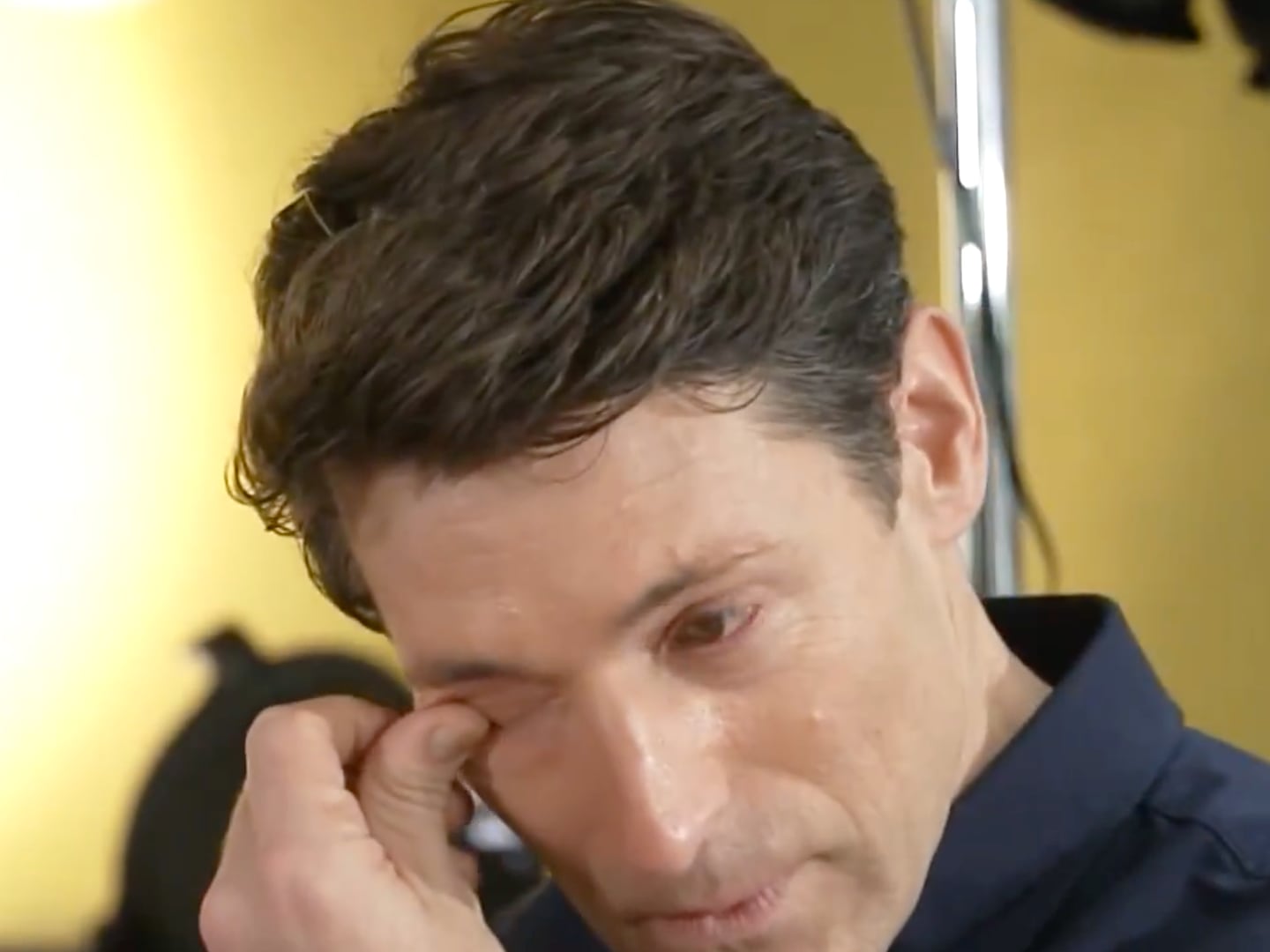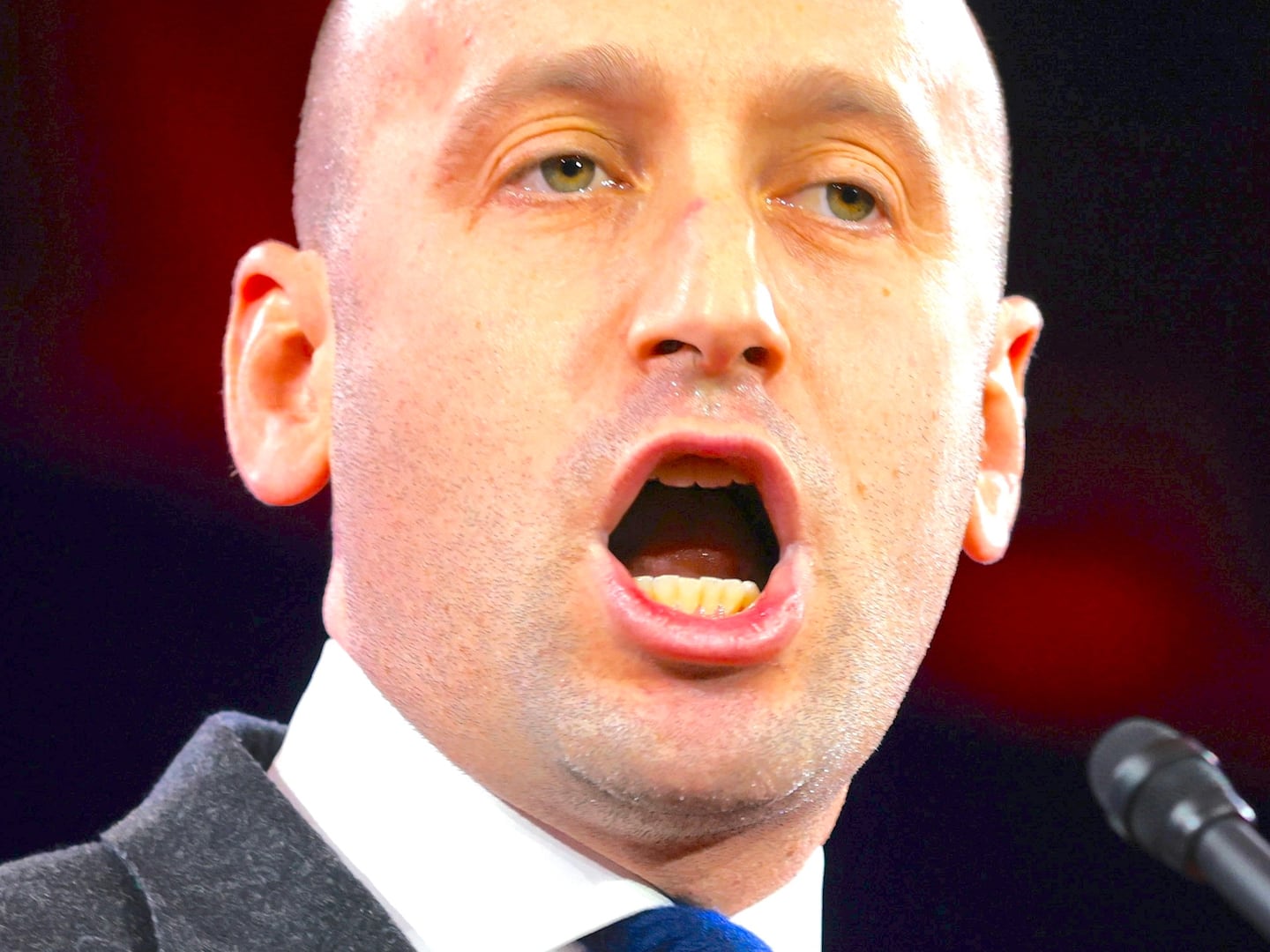New York Times v. Sullivan is a unanimous Supreme Court decision handed down in 1964. It held that for a public figure to win a libel case against a news outlet, she or he would have to prove “actual malice”: that they printed something false either knowingly or with reckless disregard for the truth. For over 50 years, it has been at the bedrock of freedom of the press, all the more so in an age when the president of the United States has labeled the press “the enemy of the people.”
And on Tuesday, Justice Clarence Thomas wrote that he’d possibly overturn it.
The context, perhaps ironically, was an appeal stemming from the Bill Cosby case. One of Cosby’s accusers, Kathrine McKee, told her story to the Daily News, and Cosby’s lawyer wrote a letter to the News accusing her of lying. McKee sued for defamation.
She lost, and the Supreme Court denied her a hearing, because as soon as McKee told her story to the press, she became a “public figure,” and, under NY Times v. Sullivan, she could only win a defamation suit if she proved “actual malice” on the part of those publishing the letter. Not only did the letter have to be false; the lawyer and the Daily News had to know it was false, or recklessly disregard whether it was false or not.
The question actually before the Court was whether McKee was really a “public figure” or not. But Justice Thomas took the opportunity to expand beyond that question to whether NY Times v. Sullivan, which no one has seriously questioned for years, is valid in the first place.
In a jaw-dropping 14-page opinion, he wrote that it probably is not.
Essentially, Thomas’s argument is originalism on steroids. Because when the First Amendment was adopted in 1791 (and later extended to the states by the Fourteenth Amendment), public figures could sue for libel, so they should be able to now.
The funny thing about “originalism,” though, is how impossible it is to actually prove anything. In Thomas’s opinion, he duly lists about a dozen examples of how libel against public figures was a crime in the 18th century.
But he also acknowledges that there were strict limits on that crime, how the “public conduct of a public man” was indeed exempted from prosecution, and how several statements made by James Madison and other Founders suggest that the First Amendment right to freedom of the press does, indeed, require allowing newspapers to print allegations which turn out to be false.
Interpreting and balancing this conflicting evidence, Thomas concludes that there is “little historical evidence suggesting that the New York Times actual-malice rule flows from the original understanding of the First or Fourteenth Amendment.”
That sounds very textually and historically grounded, but Thomas’s interpretation and balancing are no less selective and subjective than a more principled, rights-based approach that asks what the real-world consequences of such a position would be.
After all, he’s weighting some sources over others amidst an ultimately inconclusive pool of available documentation. How is that more “objective” than inquiring into whether there can be a meaningful freedom of the press if public figures can sue for libel when they don’t like what is said about them?
Thomas dismisses such questions as whether New York Times has been “popular in some circles.” But to ask about the real-world context of the First Amendment in 2019 isn’t about popularity; it’s about principle.
If he were to ask those questions, the answers would be devastating. Were New York Times overturned, news outlets would have to fact-check every assertion made by every writer, columnist, and even advertiser. (New York Times v. Sullivan itself was about a paid advertisement criticizing police brutality against civil rights leaders.) The consequences of one untrue allegation would be imprisonment.
To call this a “chilling effect” on the free press is a massive understatement. No newspaper could report on as-yet-unproven but credibly sourced allegations—regarding Russian kompromat against our president, for example, or regarding sexual harassment allegations against a Supreme Court Justice (or two). For better or for worse, the entire industry of entertainment journalism, which focuses on the private lives of public figures, would simply cease to exist, since anything damaging and false could be prosecuted.
All of this is doubly, triply true in the age of Donald Trump. Trump is a serial liar with contempt for the truth, for the rule of law, and for the free press. Most recently, defending a declaration of national emergency, he made up “stats” about immigrant crime, lied about drug interdiction, and attacked two news networks.
He has a large number of deeply relevant personal entanglements, which may well explain his fealty to Russia. He has threatened news outlets, again and again. And he has assiduously tried to sue his opponents into submission, using defamation law in particular, for over 30 years.
Justice Thomas would hand him a machine gun.
Again, this does not mean that courts should make policy. It means that they should inquire into the real-world consequences of their decisions, in 2019 rather than 1791, and ask whether those consequences uphold or vitiate the constitutional rights at issue. A guarantee of freedom of the press is meaningless if wealthy individuals can stifle legitimate discourse regarding public figures. Just ask Gawker.
And New York Times is hardly the free-for-all Justice Thomas describes. Remember, Hulk Hogan beat Gawker, not on libel grounds but on invasion of privacy. And there are numerous cases in which “actual malice” can, indeed, be proven: it is still illegal to publish statements with reckless disregard for the truth.
Indeed, the conclusion to this very article illustrates the danger of overturning New York Times v. Sullivan.
Suppose I were to speculate that Thomas has a specific interest in protecting the private lives of public figures because of his own very public debacle in 1991, when he was accused of sexual harassment by a former employee, Anita Hill. In the era of #metoo, many people have sought to revisit these claims or even mount efforts to impeach Justice Thomas himself.
I don’t know whether this highly personal motivation is behind Thomas’s opinion. But it’s a valid question to ask, since it is germane to the reasoning of a Supreme Court justice in a high-profile case.
Yet if Times v. Sullivan were overturned, such speculation could be impossible. Which maybe is what Thomas really wants. If I’m still allowed to say that.








